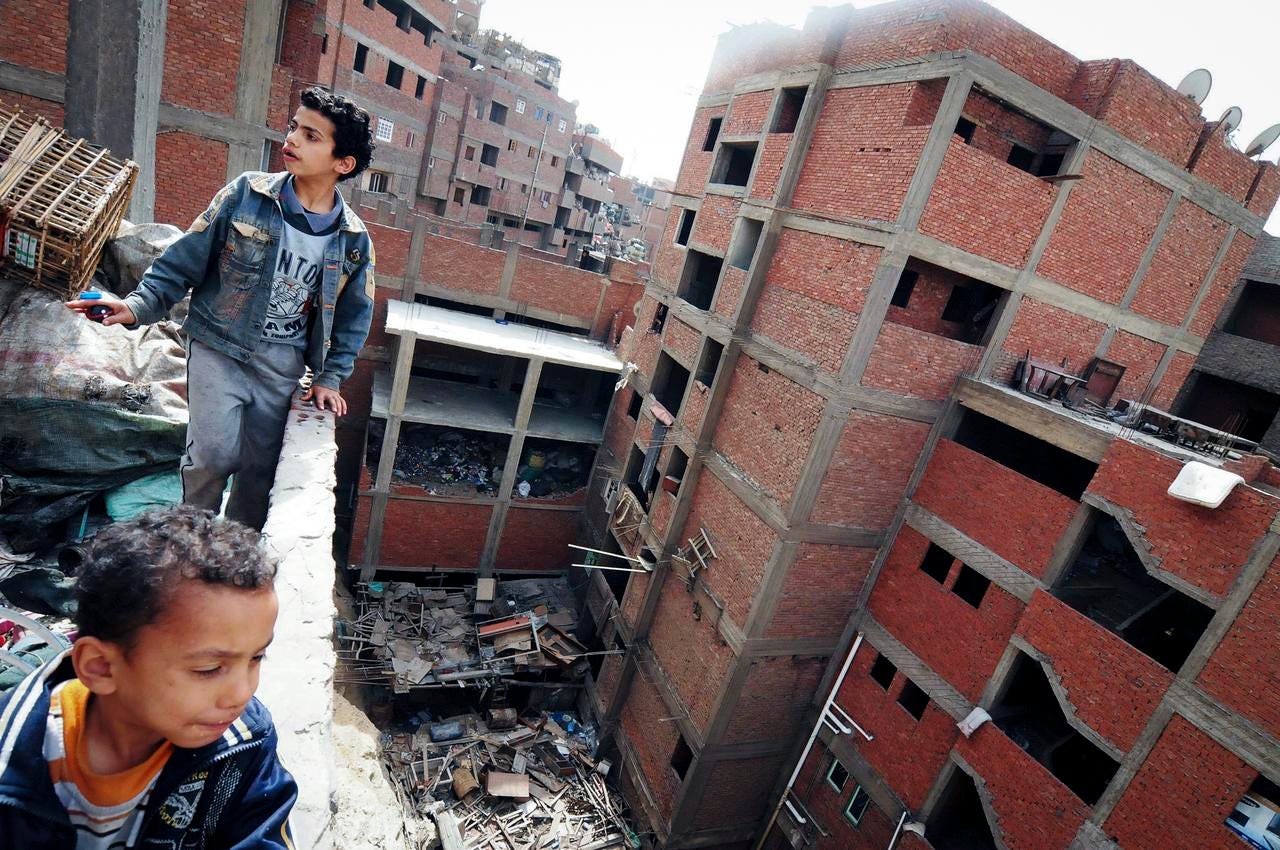The Town of Trash
Meandering in muck, running through recyclables and wading through waste—for the Coptic Christians in one impoverished corner of Cairo, garbage is a way of life, and it is everywhere.
Keep reading with a 7-day free trial
Subscribe to Narratively to keep reading this post and get 7 days of free access to the full post archives.




